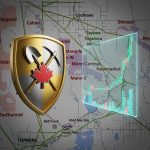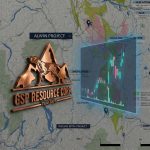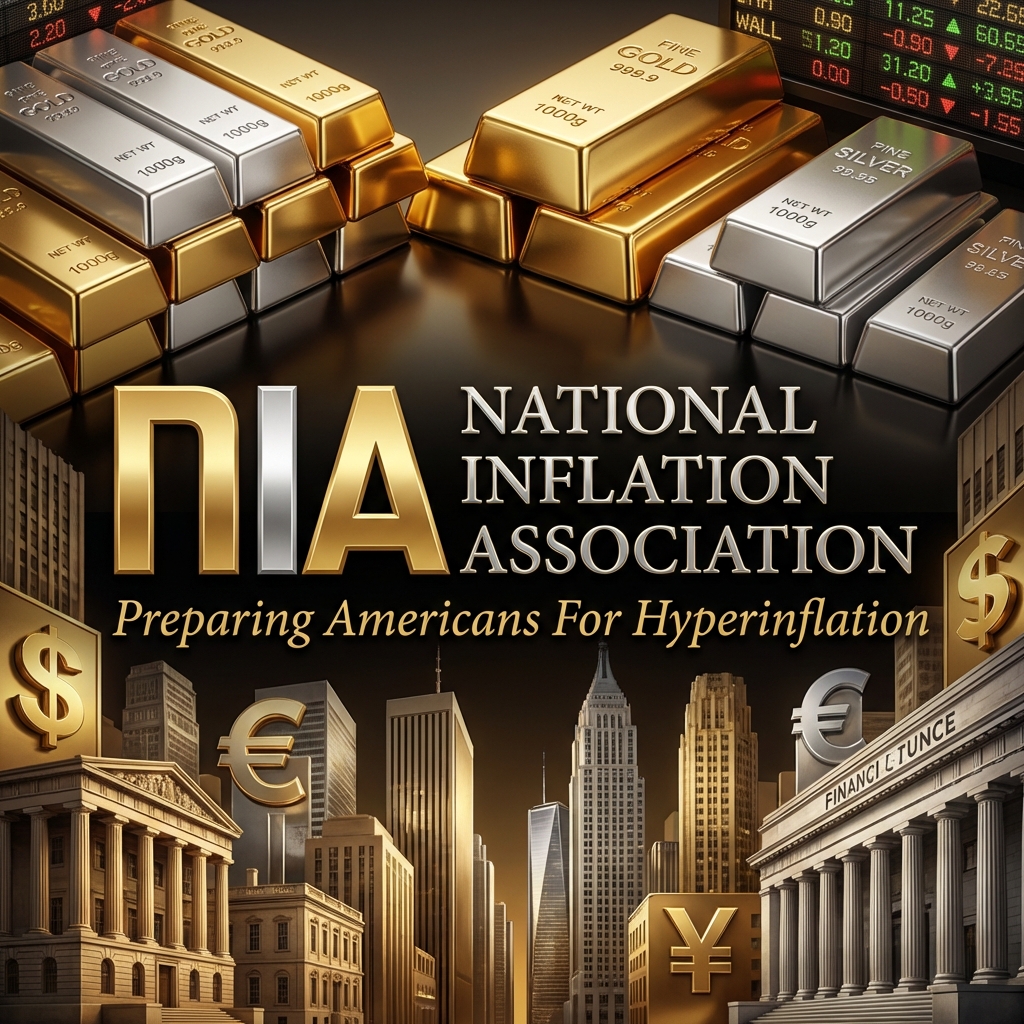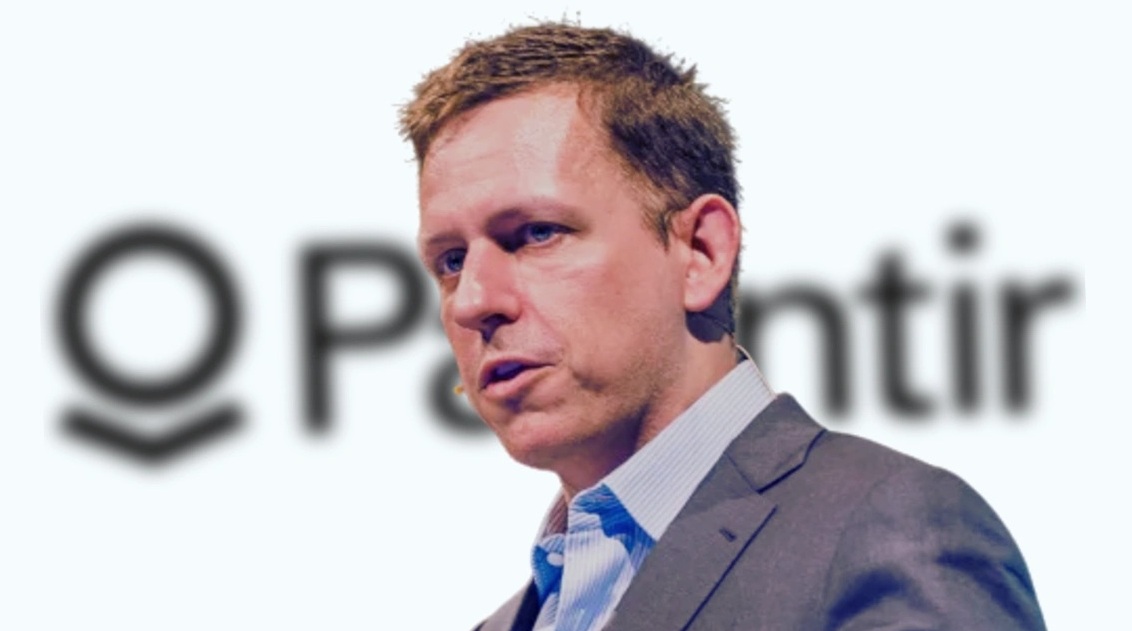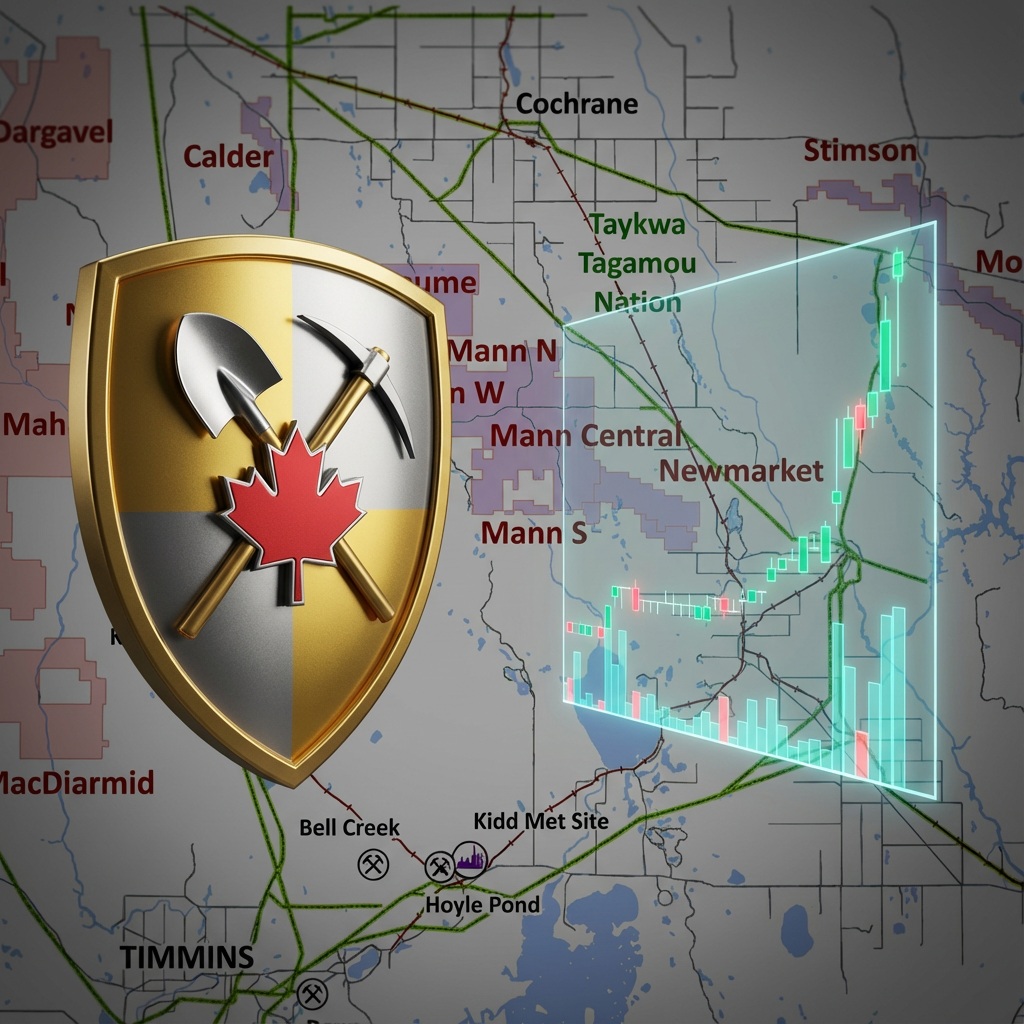
Urgent NIA Wednesday Morning Update
When you consider how certain silver stocks backed by Eric Sprott routinely trade at 100%–200%…
Best Performing TSX Stocks of Last 30 Days
NIA's #1 favorite overall stock suggestion for 2026, Titan Mining (TSX: TI), gained by 10.65%…
Super Copper Gains 6.49% to New 52-Week High of $0.82!
NIA's latest brand-new stock suggestion Super Copper (CSE: CUPR) gained by 6.49% today to a…
Noble = Largest Homeland Nickel Shareholder (SHL Gained 47% Today)
Anybody who took profits on Noble Mineral Exploration (TSXV: NOB) today is a complete idiot.…
NIA Warned About Peter Thiel’s Bullish Prior to IPO
Some NIA members are reluctant to research Super Copper (CSE: CUPR) because of how we…
GSP Resource Gains 16.67% to New 52-Week Closing High of $0.21!
GSP Resource (TSXV: GSPR) gained by 16.67% today to a new 52-week closing high of…
Noble Hits New 5-Year High as VMS Discovery Starts to Take Shape
Noble Mineral Exploration (TSXV: NOB) gained by 15% today to a new 5-year high of…
Gold Hits $4,665 and Heliostar Poised for Fastest Production Growth
Gold is up by $69 this morning to a new all-time high of $4,665 per…
Strange Trading in Titan and GSP Resource
Titan Mining (TII) gained by 21.62% in afterhours trading on Friday and we are not…
Noble Hits New 5-Year High After 17.65% Gain on Friday
Noble Mineral Exploration (TSXV: NOB) gained by 17.65% on Friday to a new 5-year high…
